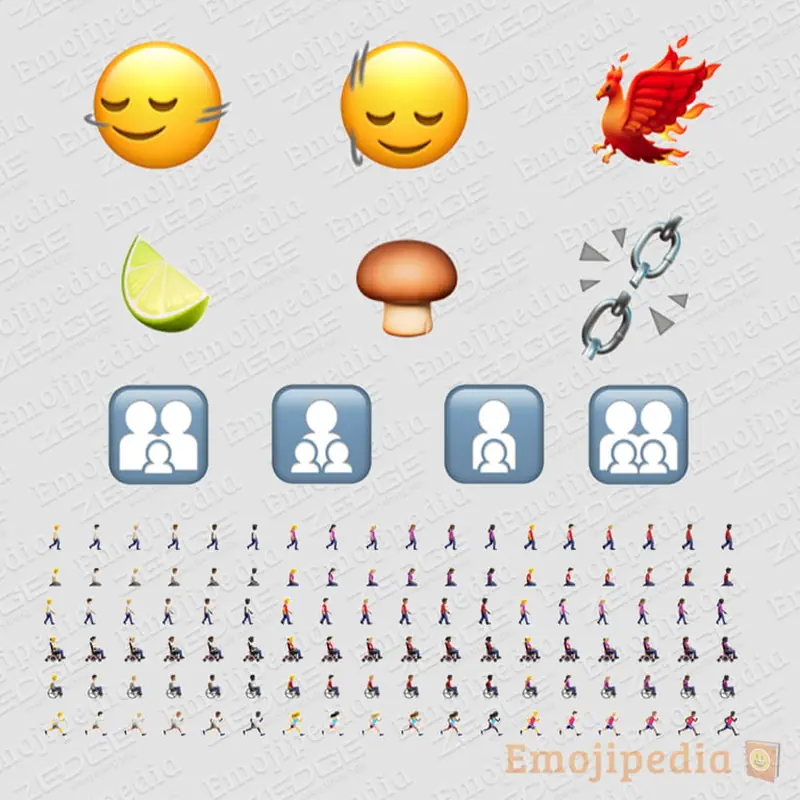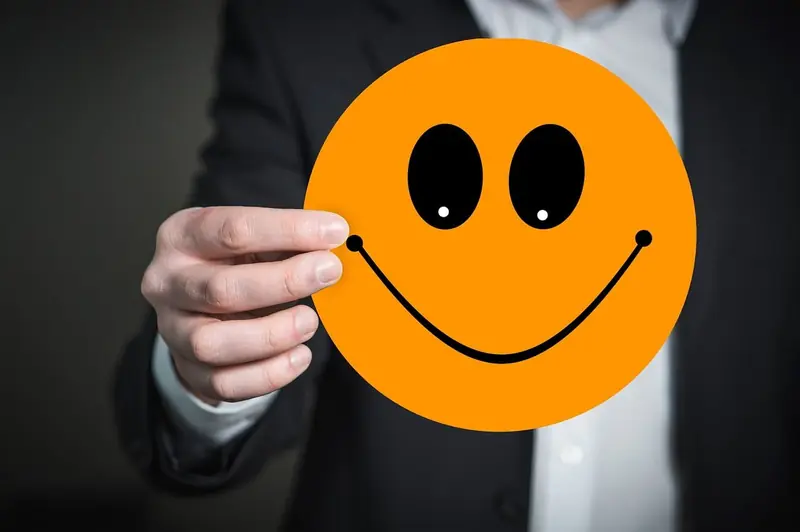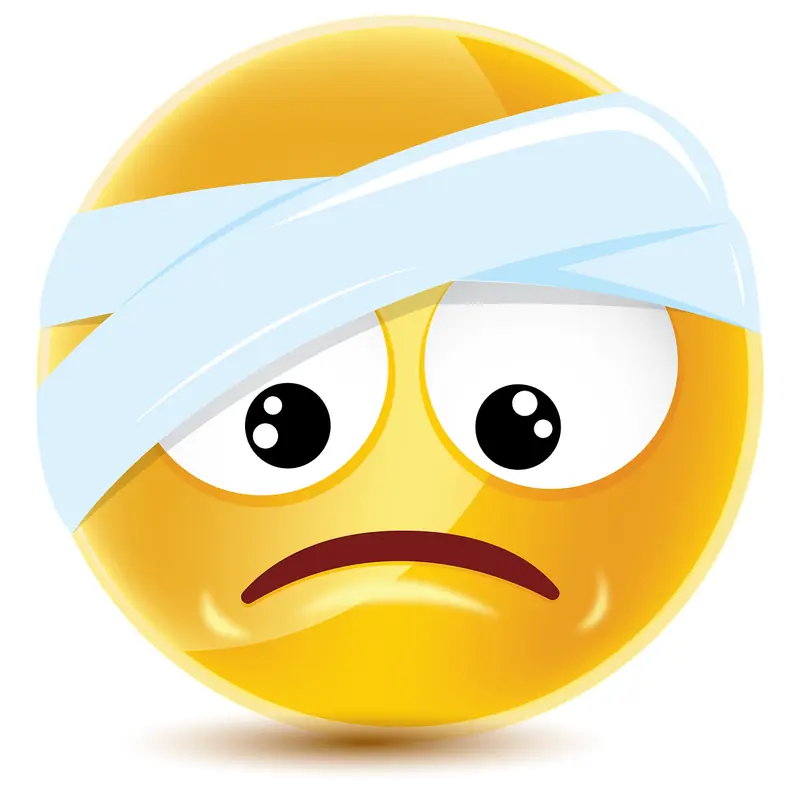
Familiar to all social media users, typical emojis have been around since 1995, serving as a way to express emotions in electronic communication. Today, there are countless emojis, ranging from the laughing face to a rocket ship. It’s hard to imagine virtual communication without them. However, for a long time, few thought to use emojis for anything beyond entertainment.
Emojis: A Bridge for Doctor-Patient Communication
American researcher Kendrick Davis has been developing an emoji-based assessment system for the past two years. He believes that the language of ideograms and smileys can be a valuable tool for patients who are unable to speak. With this iconography, patients suffering from conditions that hinder communication will be able to better convey their symptoms and feelings to their doctors.
According to Davis, emojis have universal appeal. Their use transcends education level, language, and age. “Emojis are a true bridge for communicating with people who cannot speak,” he asserts.
Davis believes that his assessment system could help doctors communicate with patients who have suffered strokes or are on ventilators. With a specialized emoji scale, non-verbal patients will be able to express their symptoms, allowing medical professionals to learn about their mood, pain duration, and intensity, among other things.
As reported by the Daily Mail, Kendrick Davis notes that emojis are readily used in communication regardless of a person’s age. The only exception is individuals with visual impairments, for whom this tool may not be suitable for expressing emotions.
The researcher argues that medical societies should come together to agree on a comprehensive set of symbols that are universally recognized and understood. This way, a universal language system based on emojis with agreed-upon meanings can be developed, significantly easing and enhancing communication between patients and healthcare providers.

Emojis in Medicine: Not a Joke, But Serious Help
Dr. Shuhan He shares similar views to Kendrick Davis, having recognized back in 2021 that emojis represent a new level of communication between medical professionals and patients with speech difficulties. He believes that each medical specialty should have its own emoji system for interacting with non-verbal patients.
Dr. He also emphasizes that using emojis for communication will be particularly beneficial in treating children, especially those who struggle with verbal communication or speak a different language than their doctor.

Currently, there are about 50 emojis related to medicine. The most recognizable among them include anatomical images of the heart and lungs, a tooth, a microbe, pills, and a stethoscope.
The iconography system developed by Kendrick Davis could play a crucial role in advancing the idea of using emojis in doctor-patient interactions, especially for those who, for various reasons, cannot express themselves. The symbolic system for medical communication should be universal and easily understandable by anyone. Additionally, clear standards for its practical application need to be established.
Like Davis, Dr. He urges medical organizations to take seriously the additional opportunities that emojis present. At first glance, they may seem suitable only for entertainment purposes.
As Shuhan He points out, “Emojis have become part of global communication, and medical societies and organizations must take them seriously.” Creating and approving a specialized medical list of graphic icons could have a profoundly beneficial impact for doctors.
